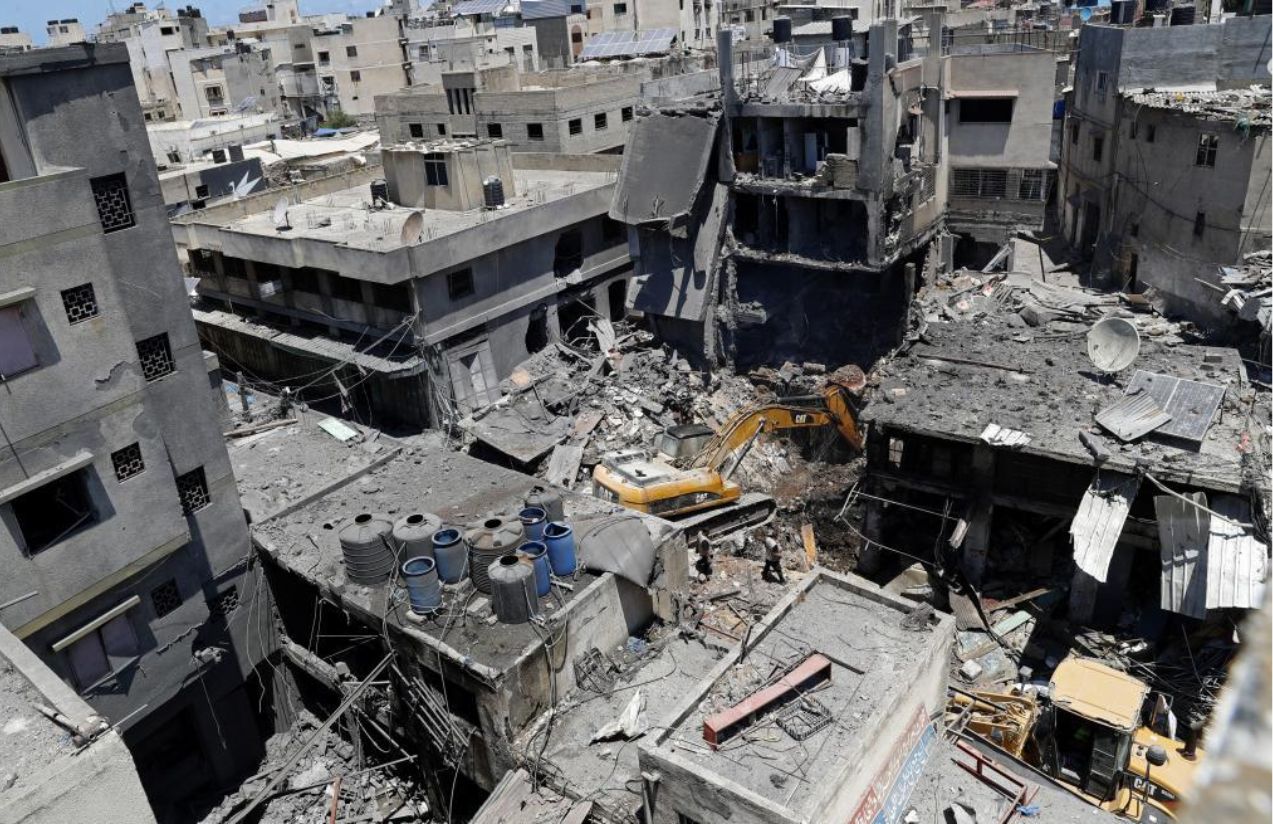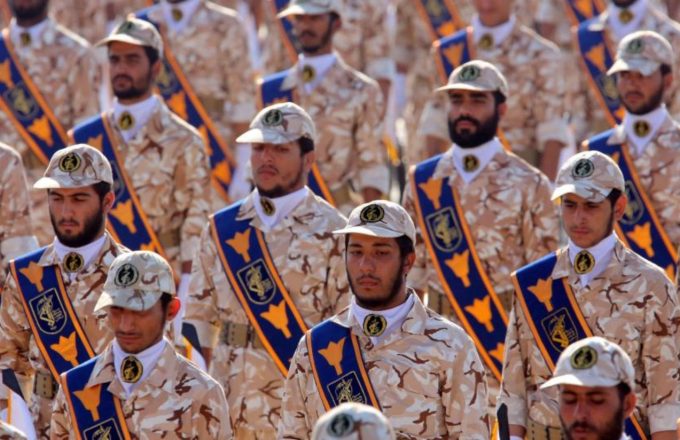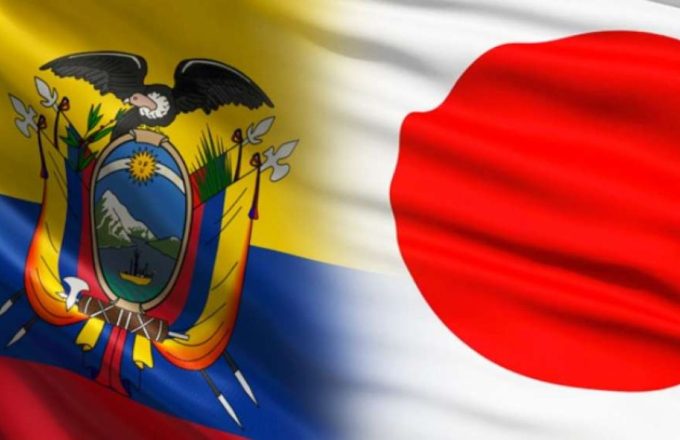Since resuming its offensive against Hamas last month, Israel has significantly increased its presence in the Gaza Strip, now controlling more than 50% of the territory. This expansion has displaced hundreds of thousands of Palestinians into increasingly smaller and densely populated areas.
The largest contiguous zone under Israeli military control runs along the Gaza border. According to Israeli soldiers and human rights organizations, the army has demolished Palestinian homes, farmlands, and infrastructure in that area, rendering them uninhabitable. This so-called “buffer zone” has doubled in size in recent weeks.
Israel defends its growing presence as a temporary measure to pressure Hamas into releasing hostages taken during the October 7, 2023, attack that triggered the current war. However, rights groups warn that Israel’s control over vast portions of land—including a corridor dividing the north from the south of Gaza—could become a form of long-term occupation.
Prime Minister Benjamin Netanyahu recently stated that even if Hamas is defeated, Israel would maintain security control over Gaza and encourage Palestinian emigration. According to five Israeli soldiers who spoke to The Associated Press on condition of anonymity, demolitions and the expansion of the buffer zone have been ongoing since the early stages of the war.
“They destroyed everything they could, fired at anything that seemed operational… (the Palestinians) will have nothing to return to,” said one soldier, deployed with a tank unit escorting demolition crews.
On Monday, Breaking The Silence, a group of Israeli veterans opposed to the occupation, published a report with testimonies from soldiers describing how the army turned the border zone into a vast desert. In the war’s early days, Israeli troops forced Palestinians from border communities to flee and flattened the area to create a separation zone over a kilometer (0.62 miles) wide.
Additionally, Israeli forces seized control of the Netzarim Corridor, a strip of land that cuts across Gaza, isolating Gaza City in the north from the rest of the narrow coastal enclave. After resuming its military campaign, Israel doubled the width of the buffer zone—reaching up to three kilometers (1.8 miles) deep into Gaza in some areas, according to a military map.
Together, the Netzarim Corridor and the buffer zone now cover at least half of Gaza, according to Yaakov Garb, a professor of environmental studies at Ben-Gurion University who has studied land use patterns in the region for decades.
Netanyahu also announced plans to build a new corridor in southern Gaza, separating Rafah from the rest of the territory—further increasing Israel’s de facto control. This control is even more extensive when accounting for areas where civilians were recently ordered to evacuate ahead of planned strikes.
Hundreds of thousands of Palestinians once lived in what is now the buffer zone—an area vital to Gaza’s agricultural production. Satellite images show formerly dense neighborhoods reduced to rubble and nearly a dozen new Israeli military outposts established since the end of the ceasefire.
Nidal Alzaanin, one of the displaced, returned to his home in Beit Hanoun after the January truce, only to find it in ruins. All that remained were a wedding photo of him and his wife, a drawing of his son’s face on a porcelain plate, and the withered remains of a 150-year-old sycamore tree planted by his great-grandfather. His greenhouse was reduced to twisted metal.
It remains unclear how long Israel intends to maintain control over the buffer zone and other parts of Gaza. Netanyahu has reiterated that the war will only end once Hamas is eliminated and its leaders leave Gaza. He also mentioned plans to implement U.S. President Donald Trump’s proposal to promote what Israel calls “voluntary emigration” of Palestinians.
Some Israeli analysts argue that the buffer zone’s purpose is not to occupy Gaza but to secure it until Hamas is dismantled. “This is something any rational country would do to protect its borders when faced with a hostile entity,” said Kobi Michael, a senior researcher at two Israeli think tanks: the Institute for National Security Studies and the Misgav Institute.
However, human rights organizations argue that forcibly displacing people could amount to war crimes and crimes against humanity. In the specific context of Gaza’s buffer zones, this amounts to “ethnic cleansing,” said Nadia Hardman, a researcher at Human Rights Watch, noting that there are no signs people will ever be allowed to return.
Israel has denied the accusations, claiming that civilian evacuations are carried out to protect noncombatants from ongoing military operations.



















